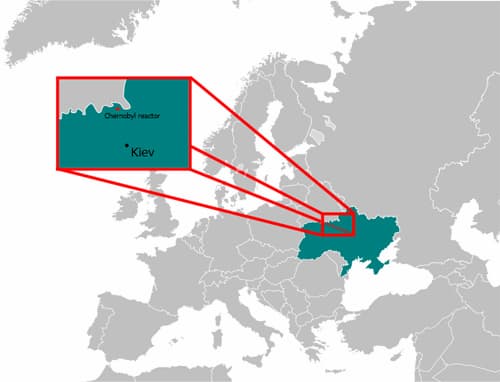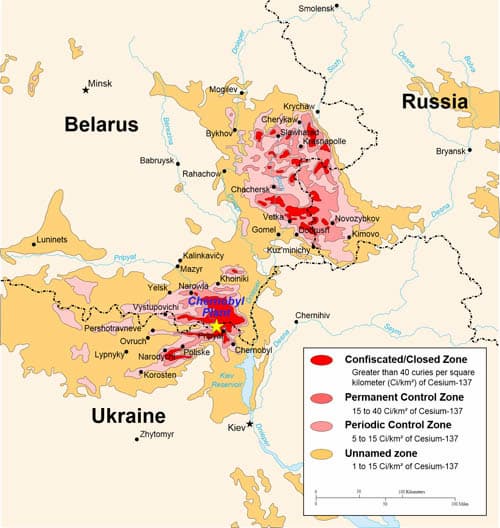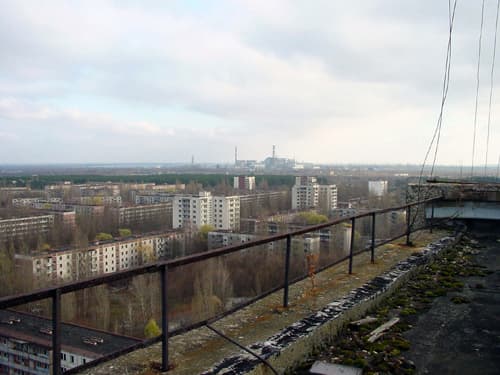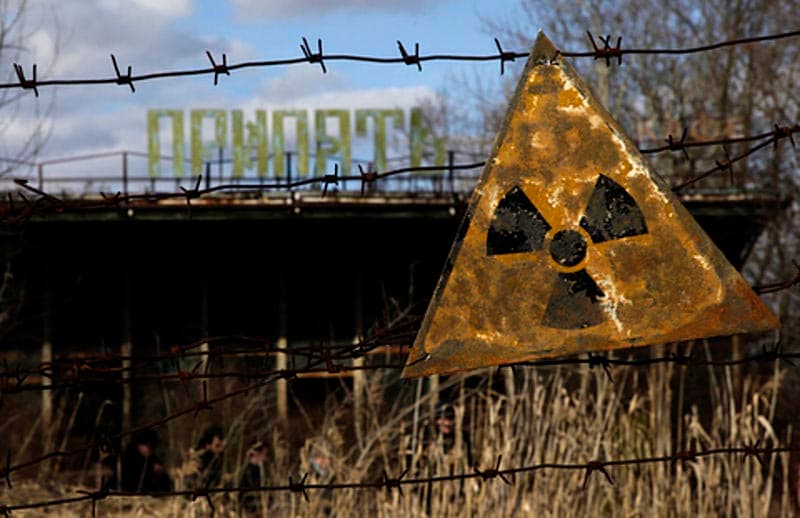Nuclear Power: The Way of the Future?
Nuclear power is a form of alternative energy that reduces greenhouse gas emissions but will also cause serious environmental problems.
When used safety, these power plants are without doubt a great substitute to obtaining energy from coal or other fossil fuels.
For instance, it is the primary source of electricity in France (almost 80%) and there were no serious incidents there.
Nonetheless, we could never forget what happened at Chernobyl.
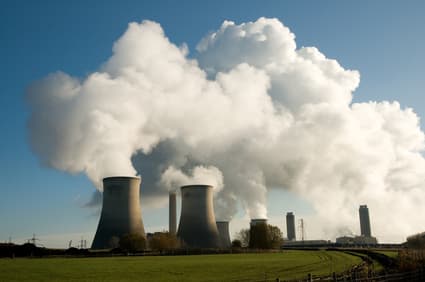
Positive Aspects
Nuclear power offers several compelling benefits that make it an important tool in the fight against climate change. One of the most significant advantages is its ability to generate large amounts of electricity without emitting greenhouse gases during operation. Unlike fossil fuel-based power plants, which release significant amounts of carbon dioxide (CO₂) and other pollutants, nuclear reactors produce virtually no direct emissions. This makes nuclear energy a highly effective option for reducing the overall carbon footprint of the energy sector and mitigating global warming.
Another crucial aspect of nuclear power is its reliability and capacity for baseload power generation. Nuclear plants operate at high capacity factors, meaning they can produce electricity continuously and dependably, regardless of weather conditions. This contrasts with some renewable energy sources like solar and wind, which are intermittent and depend on environmental conditions. The consistent output of nuclear energy can complement renewable sources, ensuring a stable and reliable supply of electricity while transitioning to a low-carbon energy grid.
Furthermore, advancements in nuclear technology are addressing past concerns and improving the safety and efficiency of nuclear power. Innovations such as small modular reactors (SMRs) and next-generation reactors promise to be safer, more efficient, and more flexible than traditional large-scale reactors. These new technologies can be deployed in a variety of settings, potentially reducing the costs and risks associated with nuclear energy. Additionally, ongoing research into nuclear fusion holds the promise of an even cleaner and more abundant energy source in the future.
Investing in nuclear power is not only about reducing emissions but also about diversifying the energy mix and enhancing energy security. By relying on a combination of nuclear, renewable, and other low-carbon energy sources, countries can reduce their dependence on fossil fuels and increase their resilience to energy market fluctuations and geopolitical tensions. This diversified approach supports a more sustainable and secure energy future, contributing to global efforts to combat climate change effectively.
In conclusion, the role of nuclear power in combating climate change is multifaceted, providing significant environmental, economic, and strategic benefits. Its capacity for large-scale, low-emission power generation, combined with technological advancements and reliability, makes nuclear energy a vital component of a sustainable energy strategy. Embracing nuclear power alongside renewable energy sources can help ensure a stable and clean energy future for generations to come.
Chernobyl Disaster
On 26 April 1986, one of the greatest environmental disasters would unfold.
Explosions would release a great amount of radioactive material across much of the USSR and Western Europe. Moreover, the city of Chernobyl would become a ghost city where very few people have decided to stay.
It is hard to know precisely how much damage has been caused and how many people have been affected.
While some have predicted that 30,000-60,000 cancer deaths have resulted, others cite that almost one million have occurred.
There is also a lot of dispute whether or not the incident has increased the number of mutations and genetic defects.
In sum, many say that the Chernobyl incident was the greatest ecological disaster and the most expensive accident in history.
To this day, radioactive material from the accident remains and people across the world are still suffering from rare cancers.
Fukushima Daiichi nuclear disaster
Also, the Fukushima Daiichi nuclear disaster has reminded us that catastrophe could arise from earthquakes too.
Following the Tohoku earthquake and tsunami on 11 March 2011, radioactive materials were released.
This disaster was the largest since Chernobyl and the worst in Japan’s history.
In a few hours after the earthquake, reactors 1,2 and 3 suffered full meltdown which is a term describing core damage from overheating.
Subsequent explosions occurred and this is how the radioactive materials were dispersed.
Food in the surrounding area was banned and officials eventually declared that the accident was level 7, the highest order in the International Nuclear Event Scale (INES).
Foreign governments strongly criticized the lack of communication with the public and the poor clean-up efforts that followed.
It is estimated that it would take not only years but decades to clean up the mess.
Without doubt, the events at Fukushima raised questions about the future of nuclear power.

Radioactive Waste - Danger of Nuclear Power
Radioactive waste is a by-product of nuclear power generation. Without a shred of a doubt, this waste is extremely hazardous to both humans and precious ecosystems.
Due to this by-product, we could not say that nuclear power is completely renewable.
There has also been a lot of illegal waste dumping such as the radioactive waste dumping by the 'Ndrangheta, a criminal organization from Calabria (Italy) which has been involved in this ordeal since the 1980s.
Needless to say, many accidents have occurred over the years as a result of nuclear waste.
Clearly, although this form of alternative energy is superior to fossil fuels, it can potentially be harmful to the environment (similarly to hydroelectricity).
Many environmentalists think that instead of using nuclear power, we need to invest in other forms of alternative energy.
It should be noted that there is research on making a new generation of nuclear power plants that are much better. For more information look at the documentary Decoding Bill Gates which talks about his project TerraPower.
Further Reading and Sources
- Home
- Alternative Energy
- Nuclear Power
Join the Community and Newsletter (4500 Subscribers)
You can subscribe to my Substack Page or see the archives of previous posts. More great content coming soon!
Recent Articles
-
Quotes on Climate Change
Nov 24, 25 07:29 PM
Here is a list of quotes on climate change divided into different categories, many of which include people you have previously heard of. -
Climate Change Guide
May 09, 25 08:36 PM
The Climate Change Guide is your guide to a more sustainable future, and will provide you with all relevant information on mankind's greatest challenge. -
Laurent Cousineau
May 09, 25 08:23 PM
Here is information about the founder of the website Climate Change Guide, Laurent Cousineau. He created it in August 2011. -
Climate Change Quotes by Scientists Around the World
Aug 24, 24 02:01 PM
Explore impactful climate change quotes by scientists. Discover the wisdom and insights of experts advocating for a sustainable future.
